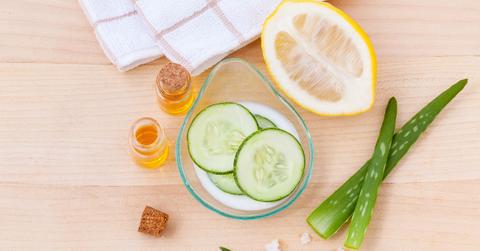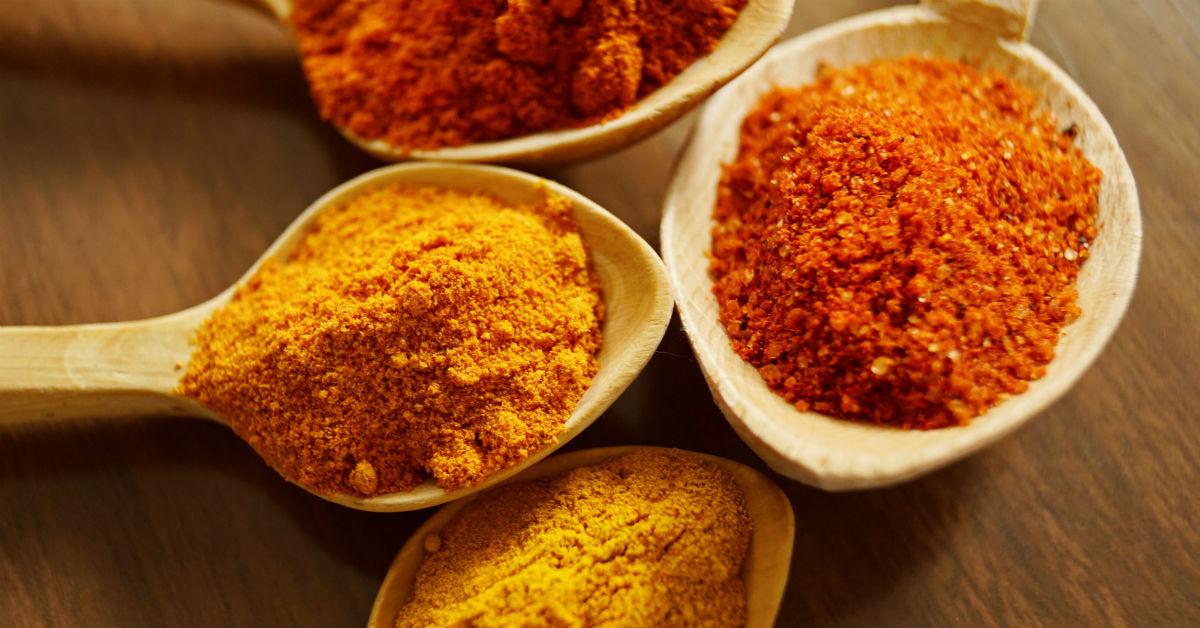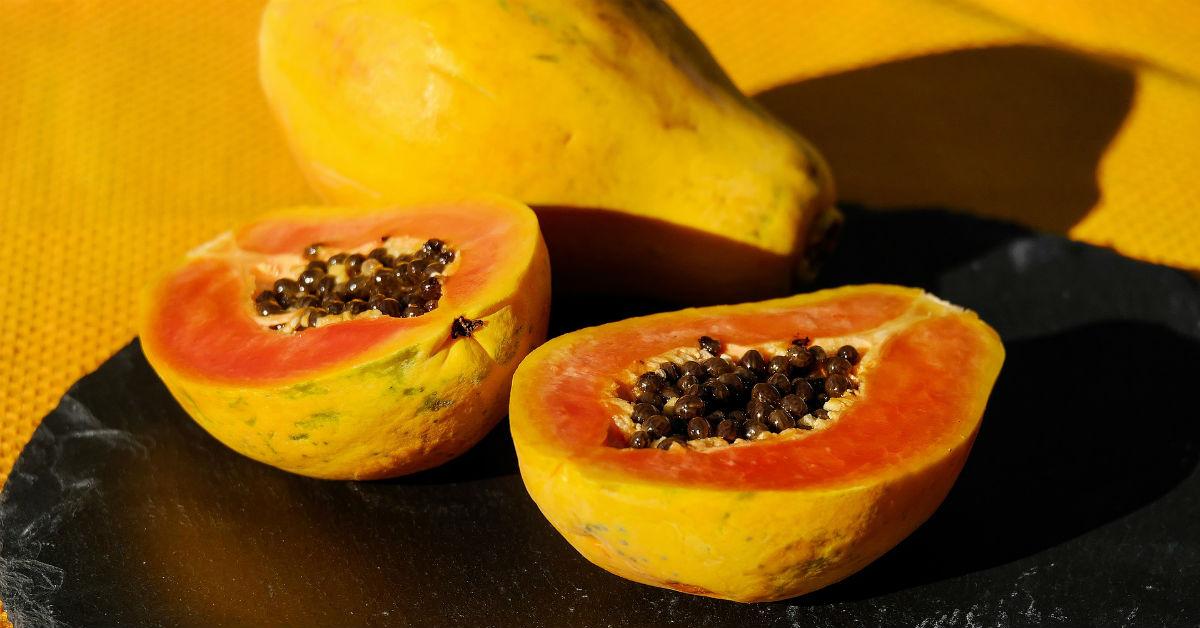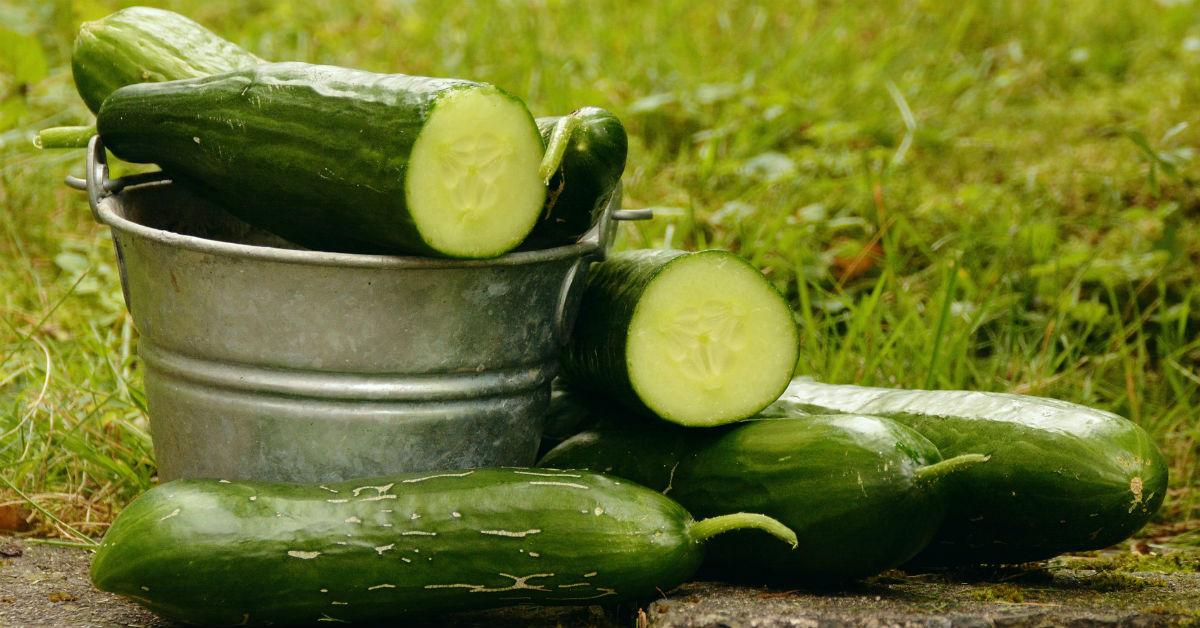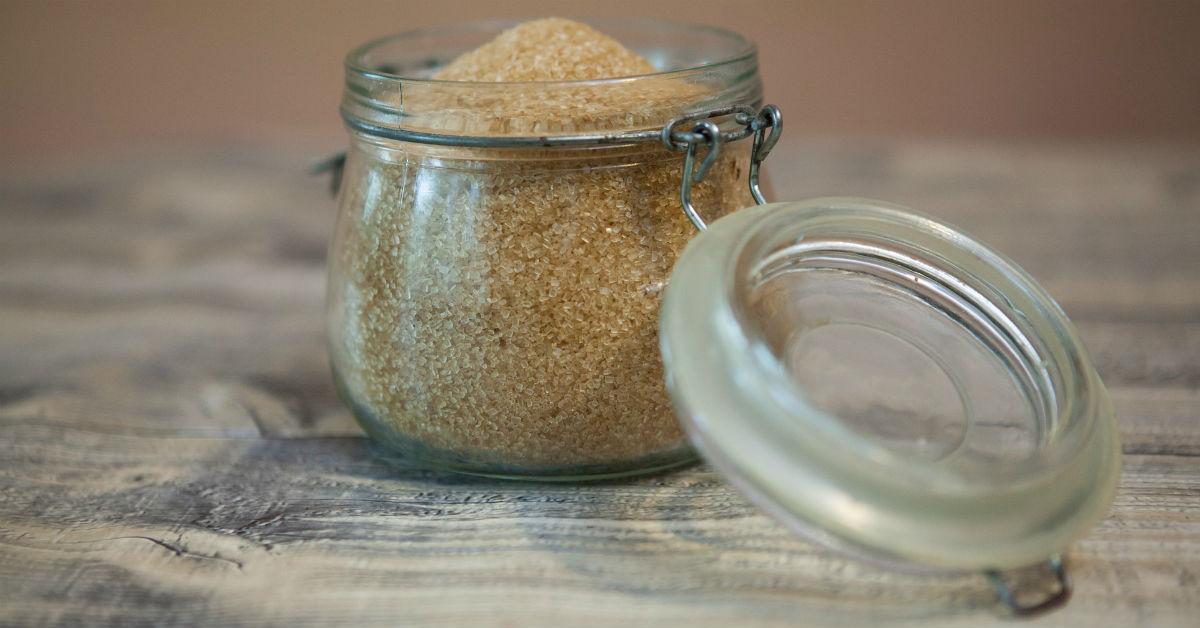5 Natural Face Masks You Can Make With Ingredients From Your Kitchen
Use that extra avocado or papaya on an organic DIY face mask that exfoliates and hydrates your skin.
Updated Nov. 19 2020, 9:38 p.m. ET
Between charcoal and snail slime masks, it’s never been trendier to slather strange goop on your forehead. Face masks are one of the many ways people take care of their skin, and while you can usually find a sheet mask in the drugstore for a few bucks, these items have a way of adding up — especially if they’re a regular part of your skincare routine.
But you don’t have to raid Sephora to stay stocked in face masks. You can make them at home, using natural, organic ingredients.
The following five ingredients feature vitamins, acids, and enzymes that naturally improve your skin. Mix them with the pairings suggested below, and you’ll have a gentle face mask ready to go. Best of all, you can find each of these bases in your fridge or local grocery store.
Avocado Mask
There’s already avocado toast, avocado ice cream, and avocado oil makeup, so naturally, avocado facial masks were the next frontier. These goopy green masks tend to pop up on every DIY corner of the internet, because avocado is a great natural moisturizer. It adds hydration to dry skin, soothing and revitalizing it in the process.
Most DIY recipes recommend combining half an avocado with honey and yogurt, but you can also mix in olive oil, or ditch the yogurt for oats.
Turmeric Mask
This spice is considered a bit of a holy grail in the skincare community. It’s anti-inflammatory, so it reduces redness and other irritants. But it also brightens skin and may even fight signs of aging. This is all old news on the eastern side of the globe, where Indian brides have been using turmeric masks to catch a natural glow on their wedding day for ages. But now, the rest of the world is catching on.
Many people swear by a simple turmeric powder and honey mask, but you can add milk or yogurt to make it a bit creamier. Some sites also recommend flour, to turn the mask into more of a paste.
Papaya Mask
Papaya comes with a secret weapon found only in its pulp: papain. This enzyme works as an exfoliant, dissolving dead skin cells and unclogging pores. Papain, combined with papaya’s naturally occurring alpha-hydroxy acids, gives your skin a bright, even texture.
Papaya is often paired with pineapple, another tropical fruit with amazing skincare properties. Pineapple contains a special enzyme of its own, bromelain, that’s anti-inflammatory and exfoliating. You can simply puree pineapple or pineapple juice with fresh papaya for a DIY mask, but there’s always the option of adding yogurt or honey for a thicker concoction.
Cucumber Mask
You probably know that placing cucumber slices over your eyes is great for reducing bags or puffiness. But cucumbers are more than just a spa accessory. They naturally calm irritated or inflamed skin — sometimes even sunburn — and because they’re practically all water, they provide tons of hydration. That’s why cucumber appears in a lot of skincare products, but you can mix a DIY approximation for much cheaper.
For an extra soothing boost, mix half of a (mashed) cucumber with aloe vera gel. Milk and yogurt are still safe bets here, but if you’re looking to soak up excess oil, add some oats and honey instead.
Brown Sugar Mask
For a good facial scrub, just grab the sugar bowl. Well, not the granulated sugar bowl. Brown sugar is the ingredient favored by skincare experts, because it’s softer than the lighter stuff. The individual sugar crystals will gently exfoliate your skin, flushing out any oil and grime. But brown sugar has extra exfoliating powers thanks to its glycolic acid, which sloughs off dead skin cells. It’s also a humectant, meaning it prevents moisture loss and keeps you hydrated.
Brown sugar masks frequently use coconut or olive oil, to amp up the moisture even further. You might also consider a few drops of vanilla extract or lemon juice. But if all else fails, there’s the old standby: honey.
